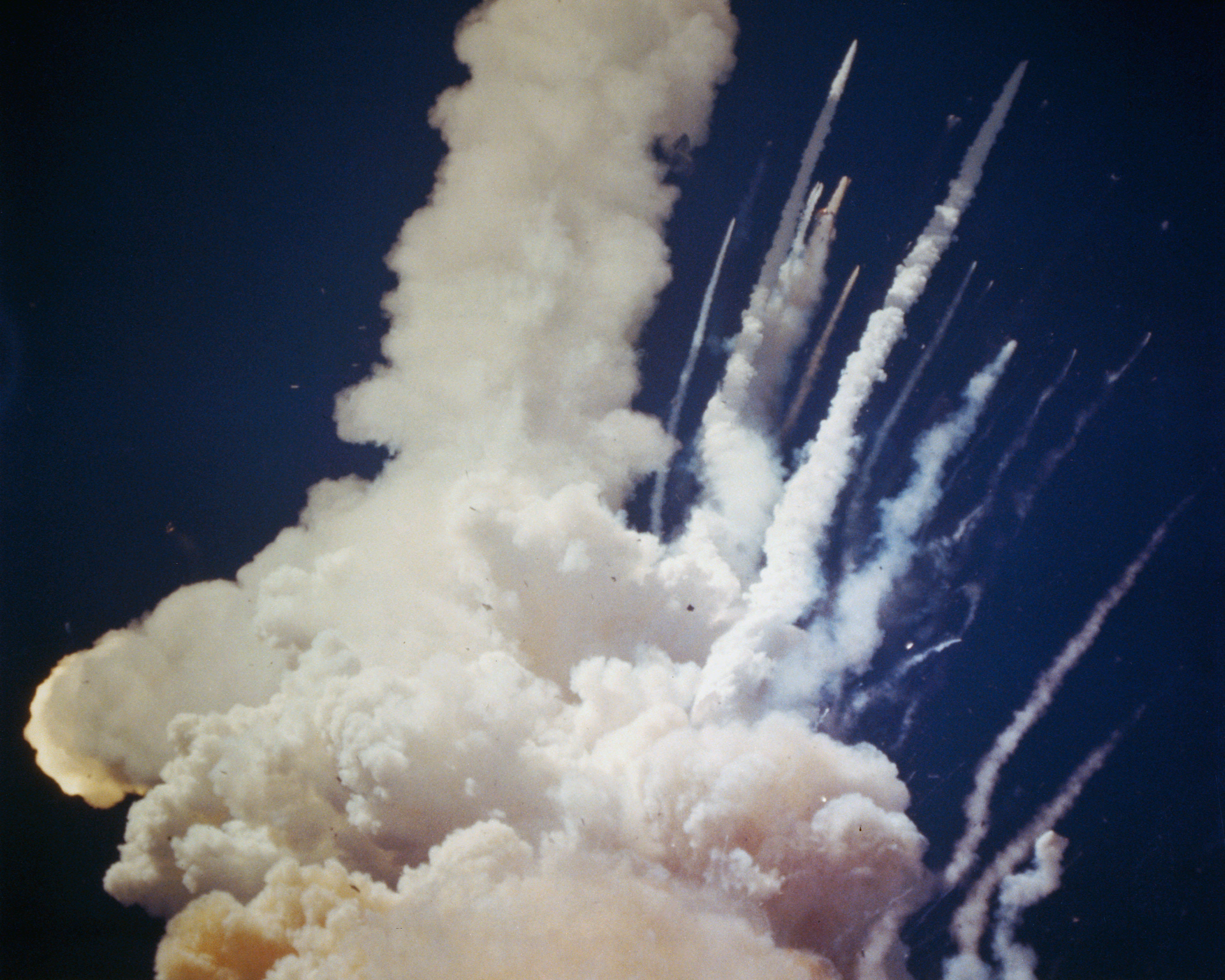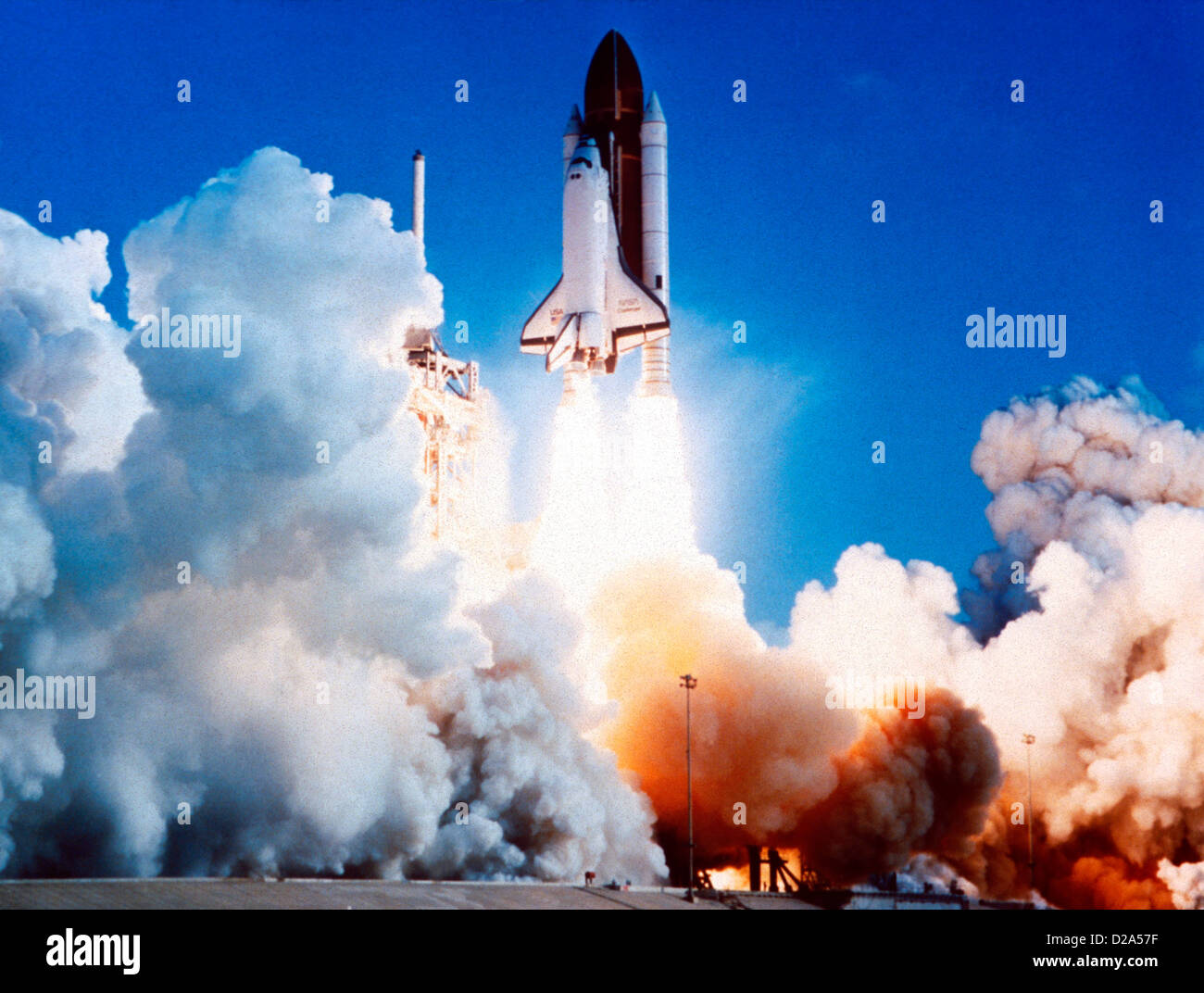

Chicago: University of Chicago Press, 1996. The Challenger Launch Decision: Risky Technology, Culture, and Deviance at NASA. National Trauma and Collective Memory: Major Events in the American Century. Bloomington, Minn.: Abdo and Daughters, 1988. Space Shuttle: Challenger, January 28, 1986. exceptionalism, continued to receive substantial, if less enthusiastic, support from the public. The agency devoted the shuttle almost exclusively to delivering defense and scientific payloads. The Challenger explosion had sobered the space agency, prompting hundreds of design and procedural changes costing $2.4 billion.

The successful launch of the space shuttle Discovery on 29 September 1988, more than two and a half years after the Challenger disaster, marked the nation's return to human space flight. NASA's ambitious launch schedule, it was found, had outstripped its resources and overridden warnings from safety engineers. Rogers and astronaut Neil Armstrong concluded that NASA, its Marshall Space Flight Center, and the contractor Morton Thiokol, the booster's manufacturer, were guilty of faulty management and poor engineering. The diversity of the crew, reflecting that of the American people, made the tragedy an occasion for national mourning.Ī commission led by former secretary of state William P. Resnick, the second American woman in space. Onizuka, the first Japanese American in space payload specialist Gregory B. McNair, the second African American in space aerospace engineer Ellison S. Smith, a decorated Vietnam War veteran flight commander Francis R. In addition to McAuliffe, the dead included Challenger pilot Michael J. Tank to rupture and led to an unforgettable flash-and then the sickeningly slow fall of flaming debris into the Atlantic Ocean. A burn-through of the rocket seal caused an external fuel

Sixty seconds after the launch, NASA scientists observed an "un-usual plume" from Challenger's right booster engine. Liftoff occurred only sixteen days after the launch of the space shuttle Columbia, making this the shortest interval ever between shuttle flights. The temperature on the morning of the launch was thirty-eight degrees, following an overnight low of twenty-four degrees, the coldest temperature for any shuttle launch. If not for the fact that a New Hampshire schoolteacher, Sharon Christa McAuliffe, had been chosen to be the first private citizen to fly in the shuttle, the launch might have received little attention in the nation's media. Successes of the National Aeronautics and Space Administration (NASA) in shuttle missions had made Americans believe that shuttles were almost immune to the dangers of space flight. Nearly nineteen years to the day after fire killed three Apollo astronauts during a launch rehearsal, the Challenger crew prepared for the nation's twenty-fifth space shuttle mission. The horrific moment came seventy-three seconds after liftoff from Cape Canaveral, Florida, and was captured on live television and rebroadcast to a stunned and grieving nation. Kennedy in 1963 had so riveted the American public as did the explosion of the space shuttle Challenger on 28 January 1986, which killed its seven-member crew. Perhaps no tragedy since the assassination of President John F.


 0 kommentar(er)
0 kommentar(er)
